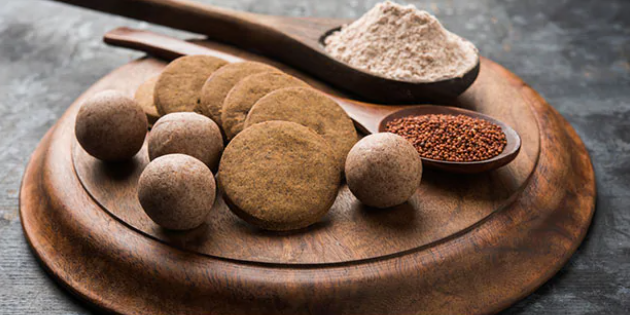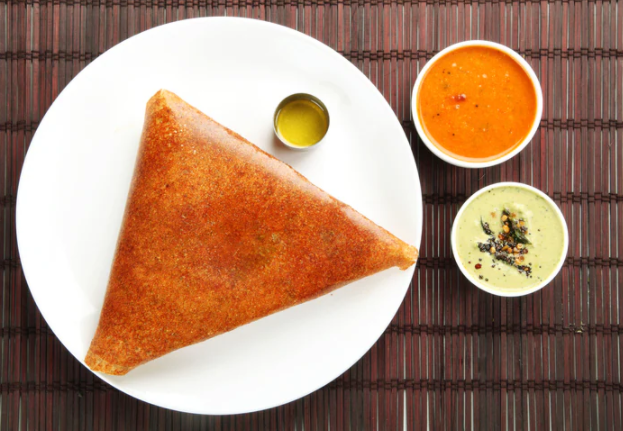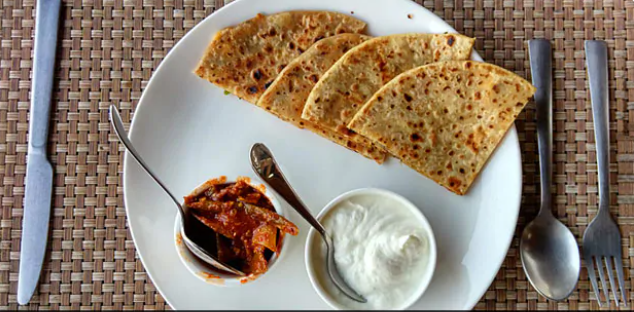Trending Now
- 830 voters names go missing in Kavundampalayam constituency
- If BJP comes to power we shall consider bringing back electoral bonds: Nirmala Sitaraman
- Monitoring at check posts between Kerala and TN intensified as bird flu gets virulent in Kerala
Health Matters
Okra For Diabetes: Here’s How Your Favourite Bhindi May Help Regulate Diabetes
![]() February 5, 2019
February 5, 2019
Let’s admit it; crispy bhindi ki sabzi has been our favourite comfort food. Team it with piping hot dal and chawal, and there you have a winner. Bhindi, also known as okra in English, is grown extensively across tropical or sub-tropical countries. The incredible fibre content of okra helps aid digestion. It is an excellent source of potassium, which helps maintain our blood pressure levels. By keeping you full for longer, okra also facilitate weight loss. It is immensely rich in antioxidants that help fight free radical activity and keep you strong and immune against a bevy of diseases. Including bhindi in your diet can also help regulate your blood sugar levels and manage diabetes.
Bangalore-based nutritionist, Dr. Anju Sood says, “Okra is packed with a mix of healthy soluble and insoluble fibres. An ideal diabetes diet should have ample fibre. It ensures slow release of sugars and helps stimulate insulin activity.” Both the peel and seeds of okra are known to lower the blood glucose levels, hence making it safe for consumption by diabetics. It is said that okra inhibits carb-breaking enzymes, increasing sensitivity to insulin and ensuring that there are sufficient insulin-producing cells in the pancreas.
Here’s What The Studies Say:
The tropical veggie is a storehouse of nutrients and its impact on blood sugar levels was studied by a 2014 study, which was published in The Journal of Nutritional Biochemistry. The findings of the study indicated that okra may serve as a dietary therapy for hyperglycaemia and hypertriglyceridemia. “The effects of an ethanol extract of okra (EO) and its major flavonoids isoquercitrin and quercetin 3-O-gentiobioside on metabolic disorders in high-fat diet-induced obese mouse, the researchers found that treatment with EO, isoquercitrin and quercetin 3-O-gentiobioside reduced blood glucose and serum insulin levels and improved glucose tolerance in obese mice,” noted the study.
The F-Factor
According to the book ‘Healing Foods’ by DK Publishing house, okra is “a rich source of many nutrients, including fibre, vitamin B6, and folate. B vitamins slow the progress of diabetic neuropathy and reduce levels of homocysteine, a risk factor for this disease. The soluble fibre also helps to stabilise blood sugar levels.”
Here Are Tips On How You Can Buy And Store Okra:
When buying okra, you need to be extremely watchful of worms that are often not visible on first glance. So, once you have bought okra, make sure you wash them well before cooking. Smaller pods are tender, easy to cook and taste much better as compared to the bigger ones. It is not advisable to store the veggie for too long. You can freeze it, in case you want it to last longer.
Now, that you know about okra’s link with diabetes management, waste no more time and include it in your diabetes diet. Here are 10 delicious recipes of bhindi you can try at home.























